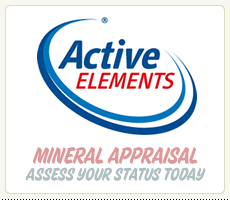Cracked Heels
Cracked Heels
Article by Angela Haldane
Q. I suffer from cracked heels, especially in the summer months. At times they can get very painful and bleed. What can you suggest?
A. Having grown up in Taupō, I have to say pumice is the best. Pumice is a light, volcanic rock scattered on the beaches of Lake Taupō, it is sold nationwide in chemists. In the shower, rub the pumice over the cracked heels and it effectively removes the dead skin.
To treat within, the minerals silica and calcium fluoride are indicated for dry, cracked skin and will eliminate the problem. Active elements 2.1 or Active elements 4.3.
You can complete a mineral appraisal on this website (under the about section) to identify if this would be suitable for you.
I also find Ionic Minerals excellent – Ionic minerals with 72 trace elements from Lake Utah. Add 40 drops to your drink bottle and sip throughout the day. Cracked heels - and cracked lips, will be a thing of the past!
Rough, cracked skin can result from a zinc deficiency.
To promote circulation to the feet, (and therefore more nutrients for the skin) incorporate herbs such as garlic, ginger, and spices into the diet, drink plenty of water – 8 glasses per day, and include cold pressed oils, nuts, seeds, fish and avocadoes to provide essential fatty acids.
Alpha- hydroxyl acid (AHA) cream has been found in studies to be superior than carrier creams for the treatment of dry skin. AHA creams alleviate the cause of skin dryness, rather than temporarily lubricating the skin. Benefits were seen after two weeks. Topical AHAs treatment increased skin hydration by 59%.
Urea creams are also sold for cracked heels, which improves the water binding capability of the skin by opening the layers of the epidermis and dermis for hydrogen bonding which then attracts moisture to the cells of the skin.
Posted: Thursday 27 May 2021



